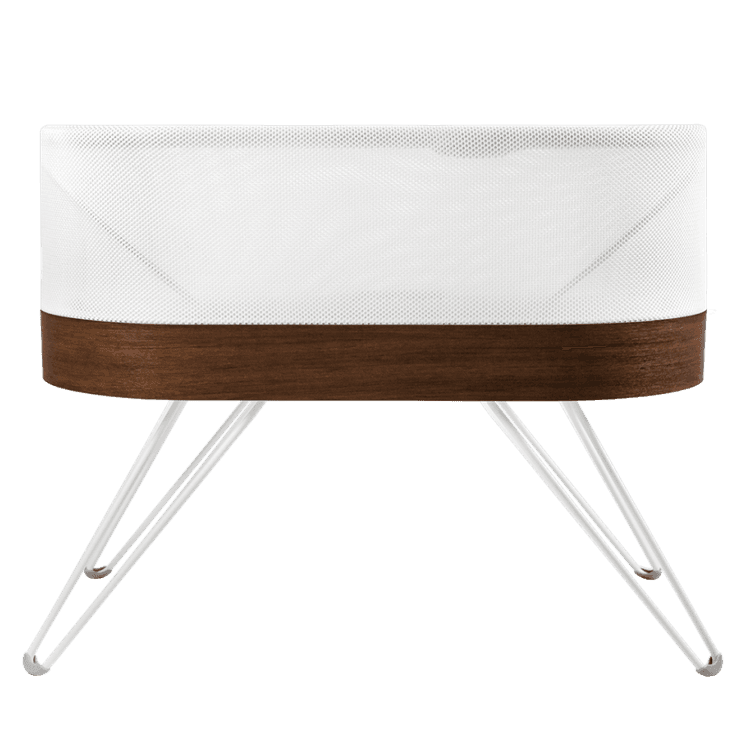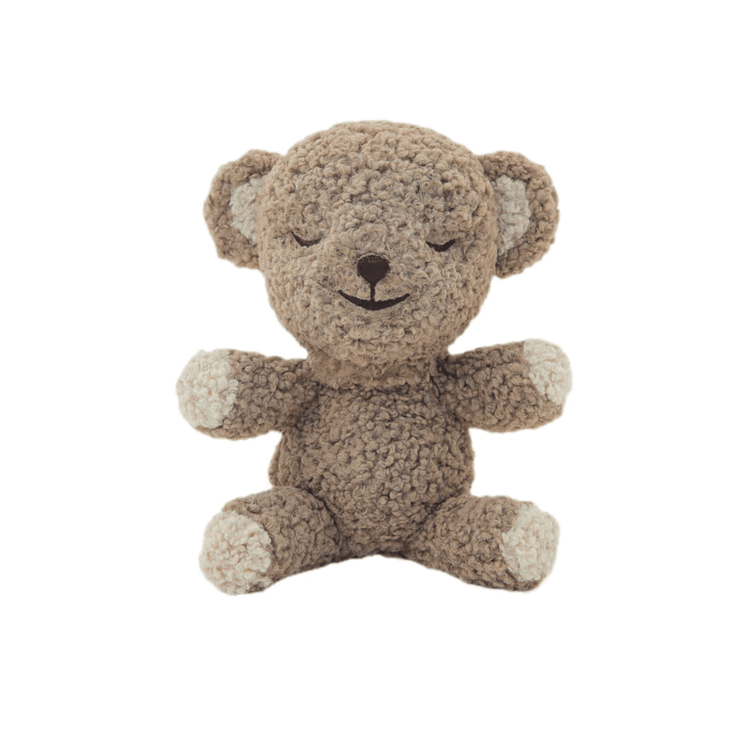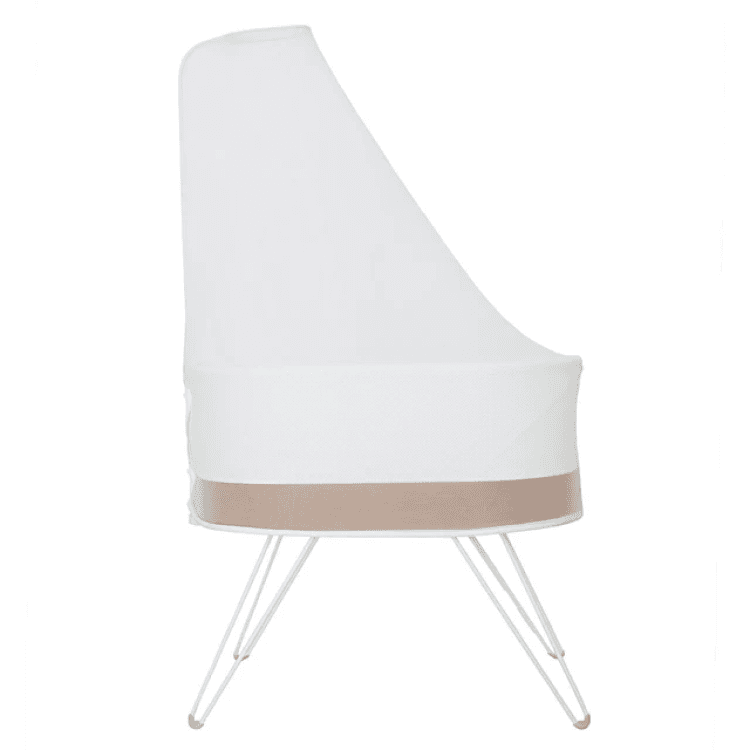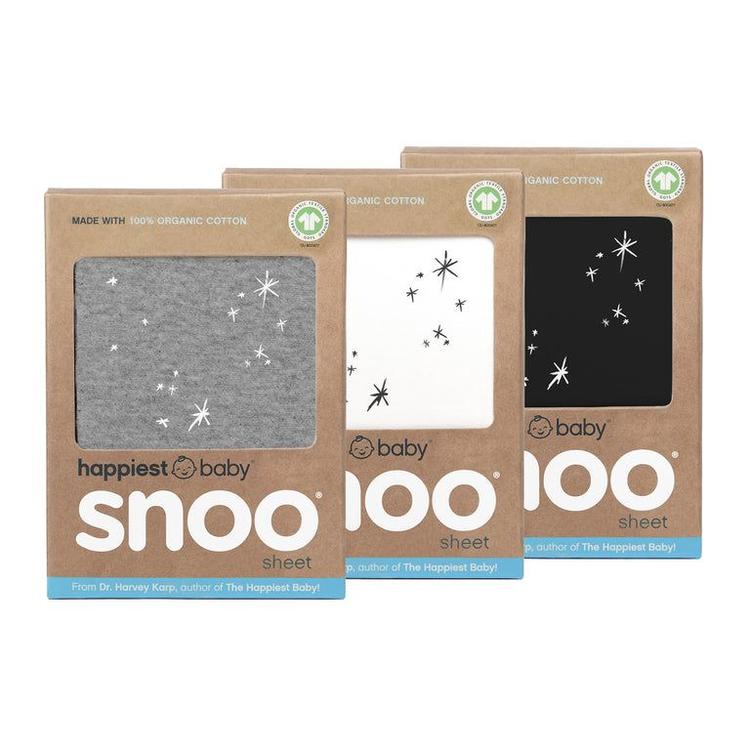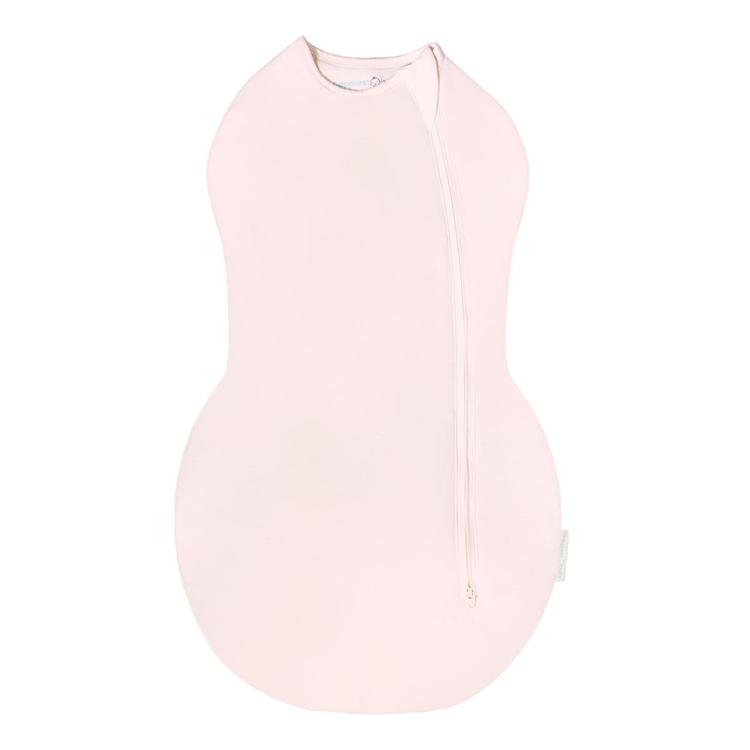12 Weeks Pregnant: Baby Update
Your baby’s umbilical cord is now fully formed—working hard to carry oxygen-rich blood and nutrients from the placenta while whisking away waste products.
At this stage, your baby may look a bit like a bobblehead, with a head that’s proportionally large compared to their body. Their arms, legs, and trunk will soon catch up. A fine layer of hair, called lanugo, is starting to cover their delicate skin, protecting it from the amniotic fluid. Most babies shed it in the third trimester, though some are born with a coating of it!
If you could peek inside, you’d see your baby’s little face taking shape. Their eyes are moving closer together, their ears are forming lobes, and their mouth can open and close. They can even make a tiny fist—and will reflexively move if you press on your belly (though you won’t feel it just yet).
How Many Months Is 12 Weeks Pregnant?
Twelve weeks pregnant is almost three months along.
Baby’s Size at 12 Weeks
At 12 weeks, your baby is about the size of a lime.
12 Weeks Pregnant: What to Expect
Your bump may be starting to show—time to think about comfortable clothing that will stretch with you over the months ahead.
You may also notice an increase in vaginal discharge, which is very common. However, if it becomes clumpy, yellow, or greenish, it could signal an infection. Yeast and bacterial infections are both more likely in pregnancy, but they require different treatment—so don’t self-diagnose. Your midwife or GP can do a simple swab and prescribe the right treatment.
12 Weeks Pregnant To-Do List
- Think before you shop: Before starting a baby list or registry, ask yourself: From there, separate essentials (like a car seat) from nice-to-haves. Research carefully and aim for practical, safe, and sustainable choices rather than clutter. (One essential worth considering is SNOO Smart Sleeper. It keeps babies safely on their backs and has been shown to aid sleep.)
- Will I be offered hand-me-downs?
- How important is safety to me?
- Do I have space to store larger items?
- Will I be travelling often?
- Cut back on sugar: Many expectant mums notice a stronger sweet tooth. Try swapping processed foods and simple carbs (like white bread, pasta, and potatoes) for whole grains, pulses, and veggies. If cravings are tough to resist, some find the amino acid L-Glutamine helps ease sugar urges—chat with your care provider first.
- Do your Kegels: Strengthening your pelvic floor helps during labour and can aid recovery afterwards. Bonus: strong pelvic floor muscles also reduce the risk of incontinence and haemorrhoids during pregnancy.
- Soak in an Epsom salt bath: Epsom salts (magnesium sulphate) can ease swelling and relax sore muscles. Keep the water warm, not hot (below 38°C) to stay safe. Baths are also a great way to unwind.
Pregnancy Myth or Fact?
You shouldn’t sleep on your back past the first trimester.
Fact. Sleeping on your back is fine through the first trimester. After 12 weeks, it’s safer to sleep on your side—either side is fine. Don’t panic if you wake up on your back; just roll over and get comfy on your side again.
Disclaimer: The information on our site is NOT medical advice for any specific person or condition. It is only meant as general information. If you have any medical questions and concerns about your child or yourself, please contact your health provider. Breastmilk is the best source of nutrition for babies. It is important that, in preparation for and during breastfeeding, mothers eat a healthy, balanced diet. Combined breast- and bottle-feeding in the first weeks of life may reduce the supply of a mother's breastmilk and reversing the decision not to breastfeed is difficult. If you do decide to use infant formula, you should follow instructions carefully.


